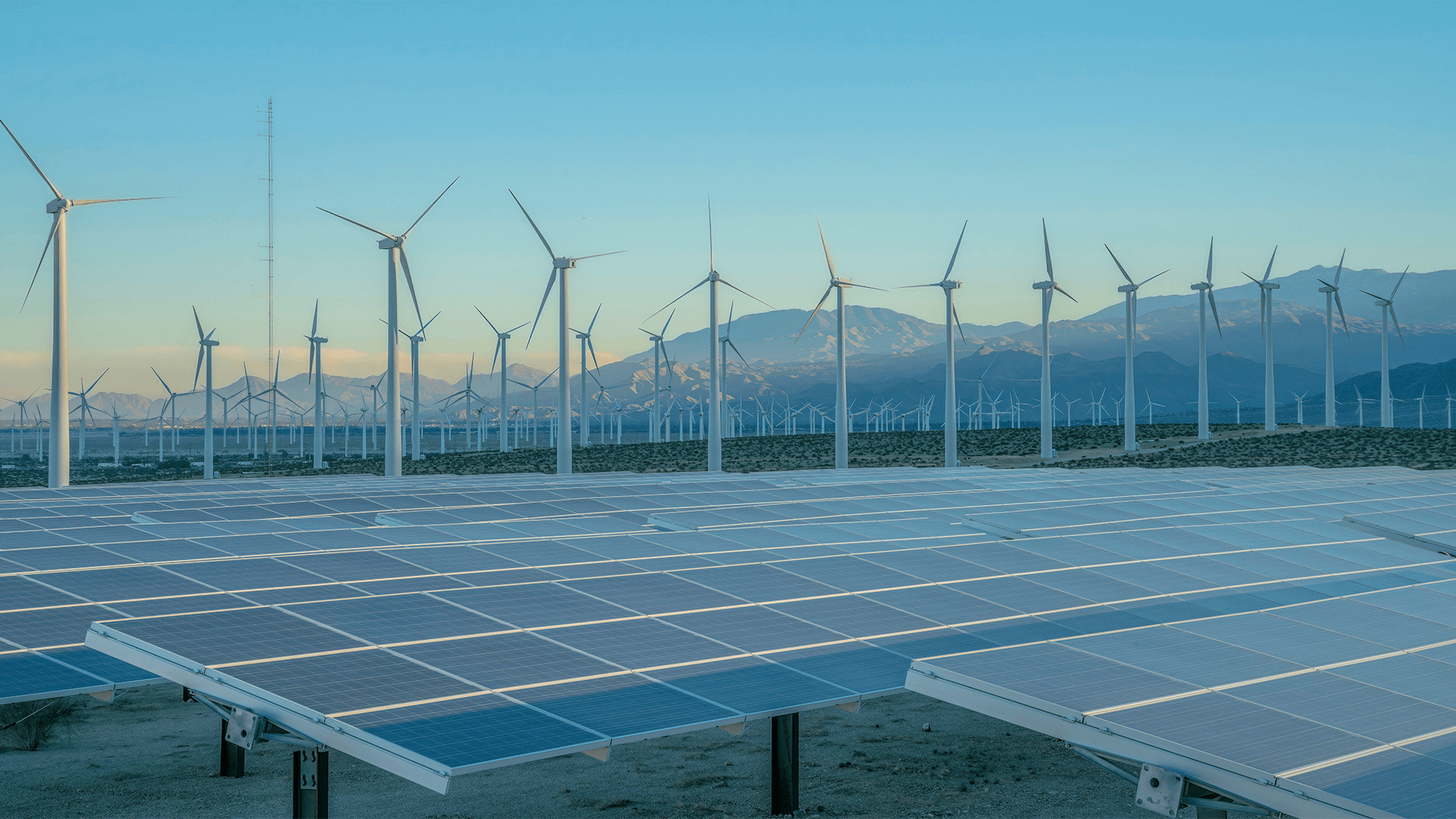
(English) Today, a new report, Implications of Continued Coal Builds in the 14th Five-Year Plan of China, was released by the Center for Global Sustainability (CGS). The report finds that China’s total installed coal power capacity is likely to continue to grow during the 14th Five-Year Plan (FYP) period (2021-2025), which will exacerbate financial strains within the coal sector itself by lowering all coal plants’ utilization. Such growth will also create negative outcomes for China’s long-term economic and social development.
Based on plant-level data, the report shows that a total of 151 GW of new coal-fired power projects are likely to be implemented during the 14th FYP, and China’s total installed coal capacity will potentially reach over 1200 GW by 2025, indicating a 15% increase from today’s level. Meanwhile, coal plants’ utilization will likely continue to decline, from 4,293 hours (below 50% of capacity) today to 3,840 hours (below 45% of capacity) in 2025. As over half of China’s existing coal plants are already operating at a loss, lower utilization will further undermine the performance and financial viability of the entire coal industry.
In addition to the economic challenge, plant-level analysis in the report also shows that nearly all of the new projects are located in regions with high policy, environment, and resource constraints. The results suggest that continued coal power expansion in China will bring negative environmental and health impacts to local people, disrupt a well-designed coal phaseout strategy, and thereby significantly increase the long-term costs for China’s sustainable transition and global decarbonization to address climate change.
Key findings of the report include:
- 98 GW of coal-fired power plants are currently estimated to be under construction and an additional 53 GW have been permitted. Were these projects implemented, China’s total installed coal capacity would reach over 1200 GW by 2025, indicating a 15% increase from today’s level.
- With continued coal builds in the 14th FYP, coal plants’ utilization will potentially decline to about 3,840, 3,050 and 2,180 hours by 2025 under high, medium and low coal power scenarios, respectively.
- Over half of the potential coal capacity growth is contributed by five provinces: Inner Mongolia, Shanxi, Shaanxi, Shandong and Guangdong. Inner Mongolia will have a 37% increase from the current level, and all other provinces will have an over 20% increase.
- Overall, 97% of these new projects are located in regions where either coal plants’ utilization is already low, or air pollution, health impact, or water resource constraint is high.
- To achieve the 2°C or 1.5°C compatible coal phaseout, delayed actions of the “No New Coal” strategy to after 14th FYP will accelerate the retirement pathways of all coal plants by 10 to 15 years, and even more in provinces with large additions.
This month, the United Nations Secretary General emphasized previous calls for the termination of coal power with a plea for the halt of financing new coal power plants. The report calls for a staged implementation plan for the “No New Coal” strategy during the 14th FYP. First, by reevaluating the “risk and early warning indicator system for coal-fired power planning and construction” for individual provinces, such a plan can be implemented in tier-one provinces with high economic and environmental constraints, and eventually nationwide. Meanwhile, a comprehensive long-term power sector plan between 2035 and 2050 is needed, including a well-constructed, regionally balanced, and appropriately paced coal phaseout strategy, to which the near-term actions under the 14th FYP should be linked.
Dr. Ryna Cui, co-lead of the CGS China Program and report lead author, remarks, “Our earlier analysis shows that it is feasible to achieve a 1.5°C compatible coal power phaseout in China by 2040-2045 with relatively small economic impact. However, our results of such a structured, economically and socially viable coal transition highly depend on taking immediate actions on the “No New Coal” strategy. Here, this new analysis shows that continued coal expansion will largely disrupt this process, where the phaseout pathways are accelerated by 10 to 15 years. This will significantly increase the risk of stranded assets, because of not only premature retirement of newly added plants but also shortened operational lifetime of existing plants.”
“An immediate halt of new construction of coal plants is the most effective near-term strategy toward a successful, high ambition coal phaseout. It makes sense economically and immediately not only for realizing overall healthy economic and development goals but also for the coal power industry as a whole” says Nate Hultman, director of CGS and report co-author. “While current economic conditions have created significant near-term uncertainties about the timing of halting coal construction in China, the need for this action will not go away and early action will be beneficial.”
------
(Chinese) 今天,美国马里兰大学全球可持续发展中心发布题为《中国煤电项目“十四五”展望与影响》的最新研究报告。报告指出,中国的煤电装机总量在未来五年内很可能继续增长,而煤电装机的扩张将进一步加剧煤电行业内部的竞争和经济性风险,不仅给煤电行业自身的短期发展和长期转型带来负面影响,并会加大中国实现长期的社会经济、环境可持续发展以及应对气候变化的困难与挑战。
该报告对当前所有在建及核准煤电项目的政策及环境约束进行了逐厂分析,对“十四五”期间煤电装机的增长趋势进行了量化评估,并针对经济性、能源转型等方面分析了新增煤电装机所带来的潜在影响。
报告指出,基于对在建及核准煤电项目的统计,全国煤电装机总量在“十四五”期间可能持续增长:目前,在建煤电项目规模为9800万千瓦,已核准未开工的项目规模达到5300万千瓦,总量超过1.5亿千瓦,相当于现有煤电装机总量的15%。如果所有在建和已核准项目都于 “十四五”期间投入运营,则煤电装机总量在2025 年将达到12 亿千瓦。超过半数(55%)的预期新增煤电装机集中在内蒙古、山西、陕西、山东和广东这五个省份。如果这些项目在未来五年投产,内蒙古的煤电装机总量将激增37%;上述其他各省装机增幅也将在20%以上。
由于新建燃煤电厂带来的压力,全国煤电机组的利用小时数将持续走低。根据上述煤电总装机增长路径,在高、中、低三种不同的电力需求以及煤电需求的情景假设下,燃煤电厂的年均利用小时会在2025 年分别降至 3840、3050 和2180 小时,产能利用率也会随之下降,对燃煤电厂的财务表现带来负面影响。
除了经济性因素,报告还指出,新增煤电项目将受到地区环境资源限制。该研究团队的逐厂分析表明,在所有已核准或在建的煤电项目中,81%处于空气污染指数较高地区,潜在的居民健康影响较大;61%处于水风险和资源限制较大的地区。于此同时,半数以上的煤电项目所在省份的燃煤电厂年平均运行小时数低于4500 小时(约51%的利用率) 。总体来看,超过97%的煤电项目所在地区面临着以上一项或多项环境资源风险和经济性限制。
虽然当前经济的不景气给中国煤炭转型带来了巨大的不确定性,但推行“不新增煤电装机”的策略仍然势在必行。报告建议,决策者应科学利用现有的煤电规划建设风险预警系统,重新对各省的煤电风险相关指标进行评估,并按照2020年煤电化解过剩产能工作要点指示的规定相应地控制或叫停部分新建煤电项目。在“十四五”规划期间,制定具体的“不新增煤电装机”的目标和行动方案,率先在煤电经济性和环境约束较大的省份进行试点,并以此为基础逐步推广到全国范围。
报告的第一作者,中心全球煤炭转型项目及中国项目的负责人崔宜筠博士说:“我们在今年1月初发布的研究报告中为中国电力行业深度减排,加快传统燃煤电厂从能源系统中有序退出提供了一条可行的逐厂退役的路径。中国可以在较小的经济代价下实现与巴黎协定目标,即全球升温 2 度和 1.5 度目标相匹配的煤电退出路径——在 2050 年甚至更早淘汰传统燃煤发电。但该路径的首要前提便是不再新增煤电装机。此次研究在之前的基础上,讨论了未来五年持续上马新的煤电项目的情景,我们可以看出,这样的代价是巨大的。实现2度升温目标的煤电整体的退出路径被提前了10年以上,大大增加未来资产搁浅的风险。”
报告的共同作者,中心主任Nathan Hultman教授表示:“此次研究进一步证明了“不新增煤电装机”是顺应煤电行业经济性和未来发展的最有效的短期策略。在目前全行业平均产能利用率不足50%的情况下,有一半的中国煤电企业处于亏损状态。在当前全球以及中国经济短期形势不明朗、风险高的前提下,应根据长期能源转型目标,早布局、早制定、早推行“不新增煤电装机”的策略,并合理改造和充分利用现有产能,实现煤电行业有序的可持续的转型。”



